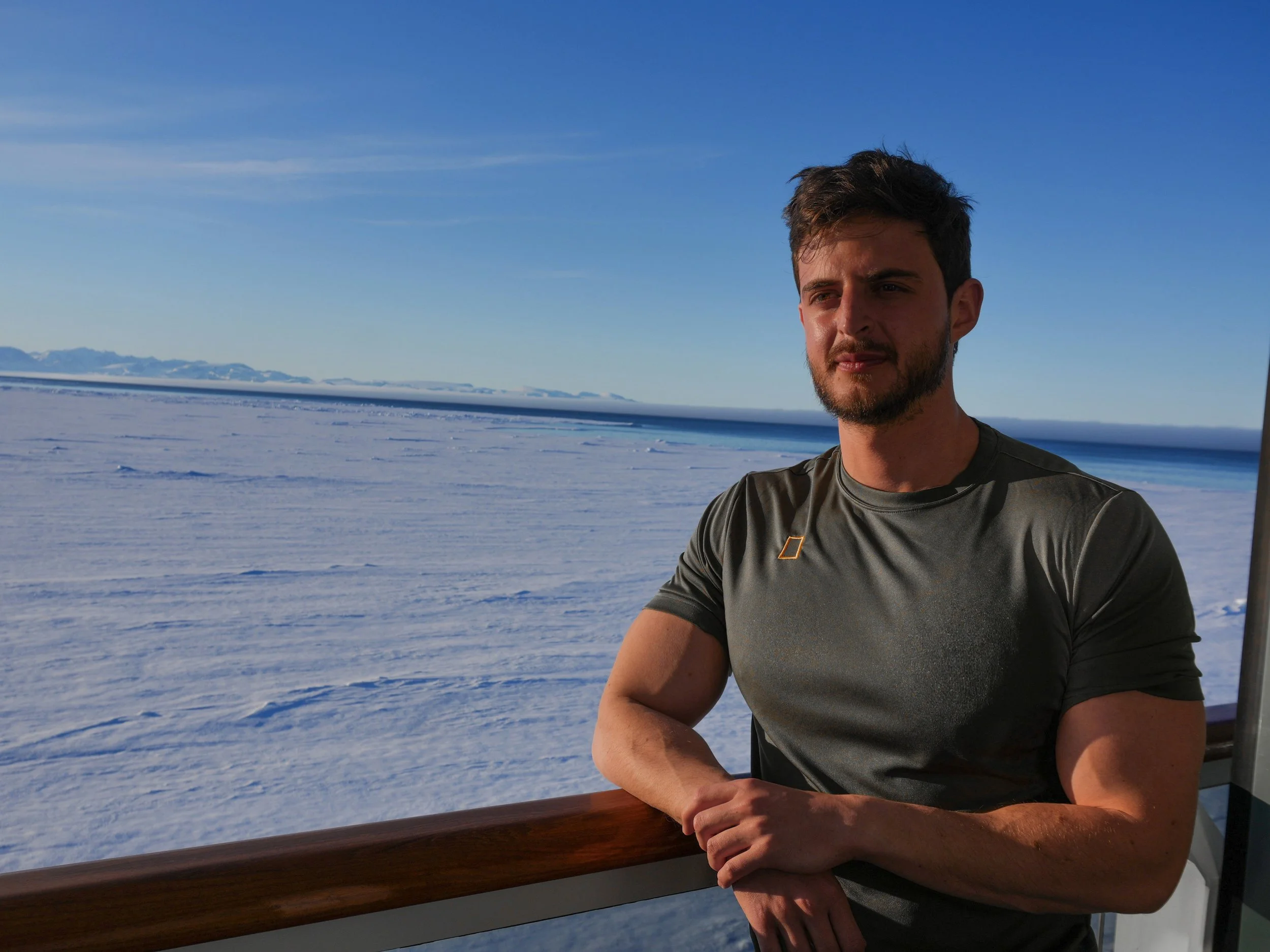
Research Area # 3
Air Quality and Health Impacts
Sargassum encroaching around the pier in Mahahual.
Photo: Santiago Ramirez Said
Exploring one of the least studied aspects of Sargassum landings: Health Imapcts
The decomposition process of Sargassum on land results in the release of four main gases: Hydrogen Sulfide, Ammonia, Methane, and Carbon Dioxide. Of specific interest to our research is hydrogen sulfide, since we have found that concentrations of this gas can be as high as 100 ppm within Sargassum piles. This is over 20 times higher than the maximum amount humans can be exposed to, since this hazardous gas can cause multiple respiratory and skin symptoms, to name a few.
Despite this knowledge, the health impacts of Sargassum on exposed populations remain one of the least studied areas within Sargassum research. The third research area of the project arises from this recognition and from years of collaboration between UNAM researcher and Sargassum expert, Rosa Rodriguez, and Project International Lead, Santiago Ramirez Said. This component in particular focuses on understanding the extent of the exposure of these gases in the local population in the Mexican Caribbean and monitoring patients for the onset of symptoms typically associated with hydrogen sulfide exposure. We hope our results will provide key public health insights on the impacts of Sargassum on workers cleaning the beach and can result in strategies that minimize exposure and improve sargassum cleaning strategies.
Aerial View of the Mahahual Pier in April, 2025. Photo: Santiago Ramirez Said
Custom-made hydrogen sulphide sensors at UNAM Puerto Morelos
Photo: Santiago Ramirez Said
Sensor development
A big part of the challenge in conducting local studies on the impacts of Sargassum decomposition on human health is the cost associated with acquiring sensitive sensors to capture air quality data. Our applicant team has already used SENKO sensors (precision 1 ppm) to monitor air quality in Quintana Roo, Mexico. However, more precise sensors (0.01 ppm) are needed to determine potential risks from chronic long-term exposure, especially because Sargassum events appear to be lengthening in time. More precise sensors are available, but their commercial cost is prohibitive. Furthermore, in addition to the sensors' costs, resources are required to deploy and monitor them in low and middle-income countries where research funds are less available. Availability of this information in countries within the developing Tropical Atlantic is critical as it will allow 1) determining the potential impact of Sargassum gases on the health of Sargassum collectors, 2) recommending appropriate management strategies to decision-makers to tackle this issue, 3) alerting local and regional environmental and health authorities of concentration levels of the gases, 4) develop an accessible monitoring technology for the region, and 5) potentially open a regional discussion on laws, economic resources and strategies to reduce the impacts of Sargassum blooms.
Given these needs and limitations, our research group focuses on developing custom-made sensors with a sensitivity of 0.001 ppm but accessible for less than 10% of the price of other sensors with that sensitivity. Assembling the entire sensor from scratch, we want to create sensors with the required sensitivity to understand the impacts of long-term exposure while bypassing the challenge of obtaining expensive sensors in middle and low-income countries.
Researcher Rosa Rodriguez and Sebastian Fuerte testing custom-made sensors.
Photo: Santiago Ramirez Said
Air quality Monitoring and Health Impact Analysis.
A cross-sectional study is being conducted in Puerto Morelos and Mahahual (Mexico) to assess the effects of hydrogen sulfide (H₂S) released by the decomposition of pelagic Sargassum on pulmonary function and ocular health in beach cleanup workers and massage therapists working near these areas. Workers from each category will be selected using a Differences-in-Differences (DD) study design.
Clinical evaluations will be conducted at three-time points: before, during (June–August), and after the massive arrival of Sargassum in 2025. The study will include health questionnaires, the Schirmer test to measure tear production, and spirometry to assess pulmonary function.
Inclusion criteria encompass non-smoking workers aged 18 to 59 who are engaged in Sargassum removal or work as massage therapists. Exclusion criteria include smokers, individuals who use wood-burning stoves, those with respiratory or cardiovascular diseases, diabetics, excessive alcohol consumers, and pregnant women.
H₂S exposure will be monitored using portable sensors attached to workers, measuring gas levels throughout their work shifts. The collected data will be analyzed to identify potential health risks and propose mitigation measures. The study will follow international protocols, ensuring the accuracy and reliability of the results.
Meet the Air Quality and Health Analysis Team









